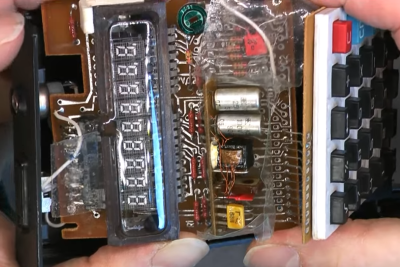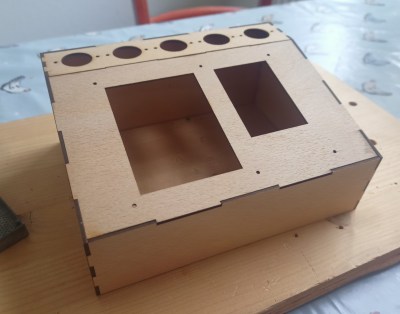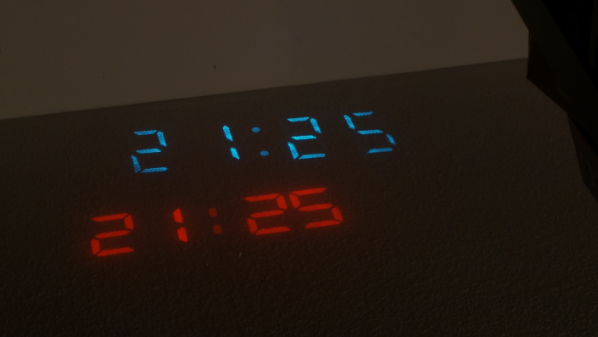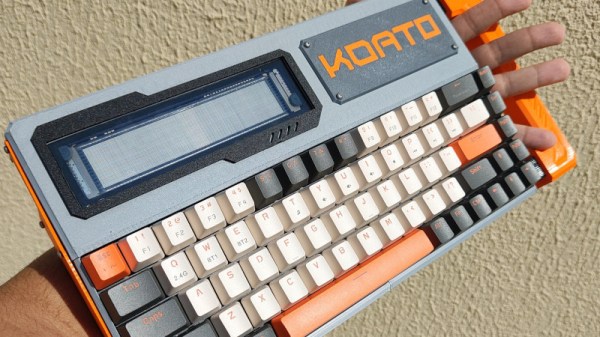Obsolete hardware is all around us, and some of it has some pretty interesting tech buried within. One such device is an old Belgacom TV Box. Instead of using the ubiquitous LCD screen, it uses a VFD display for its user interface, and [Jean] has taken control of it with the ESPTimeCastVFD project.
Inside this box is a mix of two different 7-segment displays, which he uses to show the time and date, and 12 VFD displays, which are used to show weather data. To get the display working, the box was taken apart, and there were a few different areas [Jean] had to tap into: power for the soon-to-be-embedded ESP32-WROOM-32, as well as tying into the SPI lines to control the VFD. [Jean] also needed a 3.3V to 5V level shifter, and for this he used a 74LS125N dating all the way back to 1978.
The ESPTimeCast project, which we’ve featured here before, handles a lot of the time display and weather forecast shown on the front panel. However, [Jean] did have to add support for the VFD display, as well as adding wind speed to the display—as one of his uses for this is to judge the day’s suitability for flying RC planes. Once powered up, the ESP32 hosts a WiFi access point, allowing you to connect to it and set the configuration of the device, such as location, WiFi credentials, what displays you want to see, and many more. Thank you [Jean] for sending in your hack, saving this device from a landfill by turning it into a personalized display! Be sure to check out some of our other weather displays we’ve featured!
Continue reading “ESP32 Invades Old TV Box: Forecast More Than Just Channels”





















